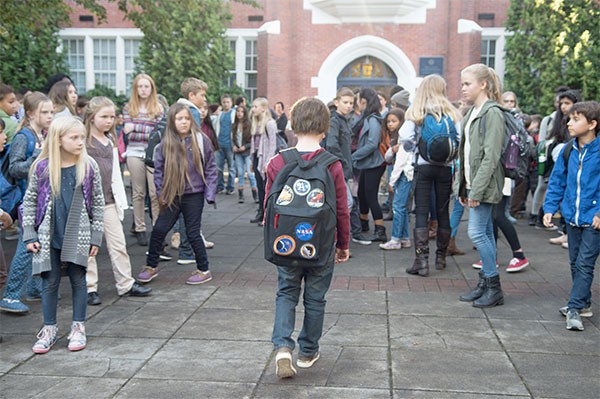WHAT IS BULLYING?

Every minute of every day, we make choices in how we treat the people we meet. We can choose to be kind or we can choose to be cruel.
Sometimes, our words or actions are unintentionally hurtful toward others, but not all hurtful behaviour is bullying.
We can say the behaviour is bullying when it is aggressive, unwanted, and involves a power imbalance. In these cases, both persons who are bullied and who bully others may have serious problems.
To be considered bullying the behaviour must be aggressive, and include:
- An Imbalance of Power: Kids who bully use their power - such as physical strength, access to embarrassing information, or popularity - to control or harm others.
- Repetition: Bullying behaviours happen more than once or can happen more than once.
- Actions such as making threats, spreading rumors, attacking someone physically or verbally, and excluding someone from a group on purpose.
Adapted from: https://www.stopbullying.gov/what-is-bullying/index.html